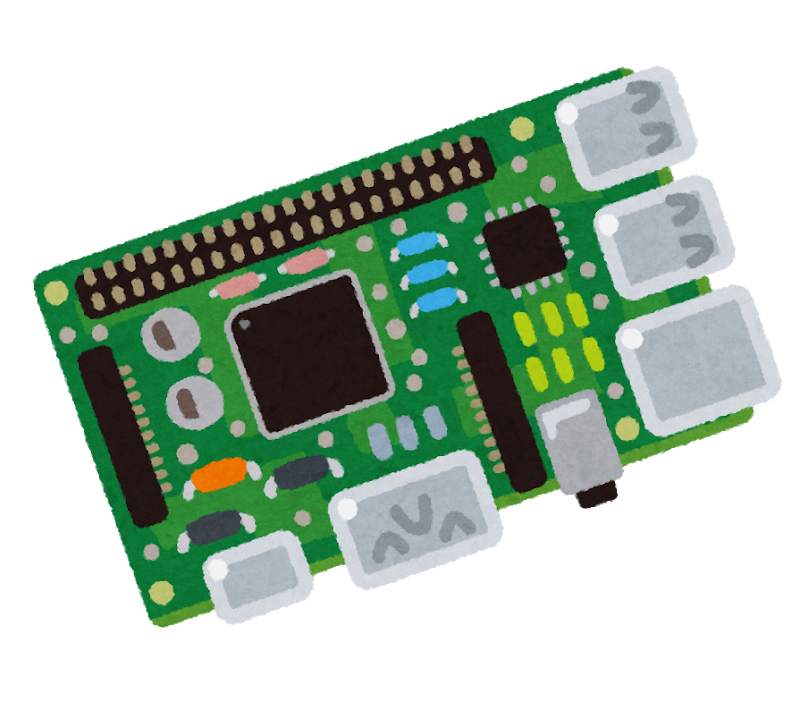The big caveat is that the BIOS must allow it, and most released versions do not.
- 1 Post
- 238 Comments

 18·18 days ago
18·18 days agoTechnology Connections recently posted a detailed video about dehumidifiers that’s worth watching. But a key takeaway is that on an AC, the hot side is outside (making the inside cool), while in a dehumidifier they are directly next to each other (condensing the moisture).
Without looking into the specifics, my guess is that it’s not routing the cold air over the hot side to keep things inside the same temperature.

 2·24 days ago
2·24 days agoUber and the like have specific warnings about that, too. Of course, you can just ignore them and say you’re going to see someone else that’s in the ER.

 2·27 days ago
2·27 days agoYou mention spending a lot of time on strange and niche stuff. Don’t be ashamed of that; wear it as a badge of honor. You were solving obscure and archaic issues where the answer isn’t a Google search away. Chat GPT wouldn’t even begin to find the answers.
And, as you should tell potential employers, you can do the same to their obscure, spaghetti-code, internal product loaded with tech debt. Because that’s what they always are. You may run into a challenge if their goal is to modernize it instead of just maintaining it, but that just means you focus on understanding it first.

 1·27 days ago
1·27 days agoNot OP, but mildly controversial was his movie Red State. It was a not-so-subtle take on the Westboro Baptist Church and their stance on gays.
Or maybe they’re still upset about Jersey Girl, which was way too common and wholesome for the guy behind Jay and Silent Bob.
(Hot take: if Jersey Girl didn’t have Smith or Carlin, it would’ve been mildly praised at the time and then mostly forgotten)

 20·1 month ago
20·1 month agoI’m sure the history is that, for most daily purposes, it was useful to know both. Knowing the larger element (the month) first sets the context for the smaller detail. For instance, saying I met someone for dinner on December 12 gives you the broader context (e.g. the season, possible relevant events) before the smaller detail of the day.

 192·1 month ago
192·1 month agoThis is full of weasel words. Here are just the ones that stood out to me:
- “Censorship”, which is just “free speech” with makeup.
- “Regular people”, implying that anyone disagreeing with you isn’t regular
- “Hysteria”
- “How bad things (are)”
- And of course, “trans agenda”
Everyone believes you are asking in bad faith, because it’s clear that you are.
(And as always, XKCD 1357 applies)
The explanation I heard back then was that Pluto wouldn’t qualify as a planet, EXCEPT that it has a moon. I’m not sure why that exception would apply, but it seems it’s no longer good enough.

 8·1 month ago
8·1 month agoIf you always come back to life, and you remember your previous lives, is it really death? How is it really different from going to sleep?
I remember seeing someone make an argument for leashes, and it stuck with me. Forgive me that I don’t remember the source, so this is paraphrasing at best.
First, you must throw out all of your thoughts and mental associations with the leash. You must consider this scenario on its own. It has nothing to do with pets, or anything like that. This is about parenting, and only parenting.
You might see a leash as degrading. And to an adult, or an older child, that would certainly be the case. But these are typically only used on small children who have not yet developed that concept. IOW, the child does not mind the leash, aside from wanting to go where the leash won’t allow.
You might think that the child’s curiosity is being limited. Kids need to run and be free! But if there were no leash, that wouldn’t be the case. Instead of a leash, a hyper-vigilant parent would be enforcing similar boundaries. In fact, most parents would be enforcing stricter boundaries- if you need to make sure Junior doesn’t run away, you might not let them walk anywhere. The simplest form is requiring them to hold your hand, which is like an even shorter leash.
Since they can’t just run away, you can even use a long leash. That allows them to run and explore and jump around, and have significantly greater freedoms, all because the string keeps them near enough. They might still fall and get hurt, but that’s part of growing up. And yes, at a certain point, they will need to learn impulse control to stay nearby without a leash. This doesn’t mean a leash is bad, only that it’s not for every circumstance and needs to be retired at some point.
Now, after all of the above, can you articulate why a leash is always bad? Keeping in mind the child doesn’t mind.
The top 5 websites in the world are mostly reposts from the other 4.

 10·1 month ago
10·1 month ago“Uplifting” seems to be a lot of the orphan-crushing machine these dates. And being a story about Israel, that becomes even more literal.

 10·2 months ago
10·2 months agoNot uplifting. They’re rejecting it for not being cruel enough. The best case scenario is that this exact same bill passes later. Far more likely is that a worse version passes.

 3·2 months ago
3·2 months agoWhat is your use case? I ask because ESXi is free again, but it’s probably not a useful skill to learn these days. At least not as much as the competition.
Similarly, 2.5" mechanical drives only make sense for certain use cases. Otherwise I’d get SSDS or a 3.5" DAS.

 71·2 months ago
71·2 months agoBut no one rapes as many kids as the Catholic Church.
Capitalism (esp. Reagan and Thatcher) would challenge that.

 2·2 months ago
2·2 months agoWere it not for actual Trump, wannabe Trump was on track to win. It won’t take long for that to come back

 571·2 months ago
571·2 months agoDidn’t elect their own Trump wannabe yet.
Fascism is on the rise globally, so we must all be vigilant. There are enough warning signs that Canada could be just around the corner.

 4·2 months ago
4·2 months agoThey were named pent-ium because they were 586. Of course, the name lasted a lot longer than the technical reasons.
The Pentium Pro was i686.

 7·2 months ago
7·2 months agoIs there any reason to not just use samba or NFS?


Cooking and (basic) sewing. These are basic life skills needed for any level of independent living, yet so many are proud to be utterly incapable of either.